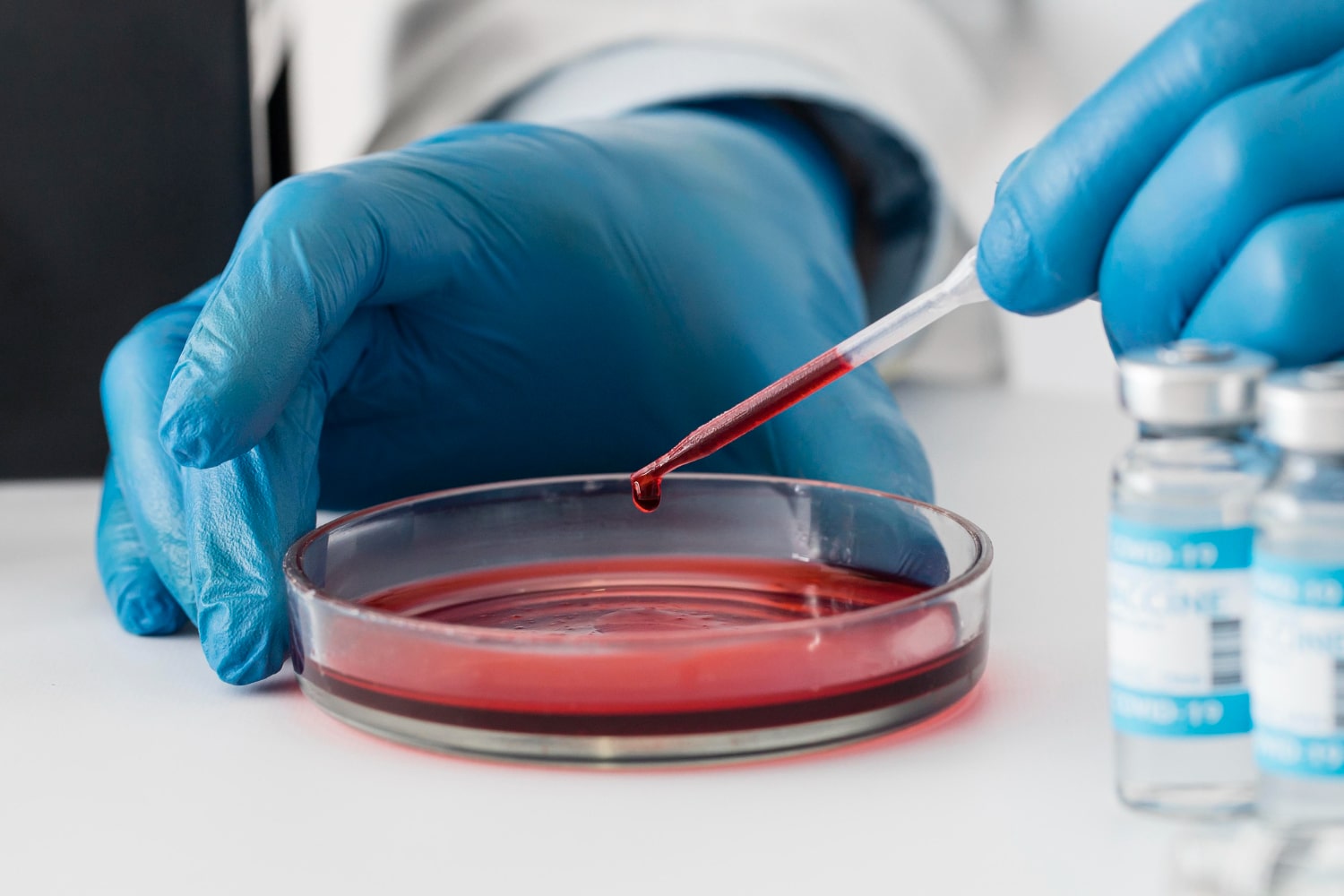Enhanced Vaccination and Surveillance Urged Following Poliovirus Detections in Sewage, ECDC Reports
Between September and December 2024, a notable public health concern emerged as four countries within the European Union/European Economic Area (EU/EEA)—Finland, Germany, Poland, and Spain—reported findings of circulating vaccine-derived poliovirus type 2 (cVDPV2) in sewage samples. This alarming revelation marks the first occurrence of cVDPV2 being detected in EU/EEA countries through environmental monitoring initiatives. These […]


Between September and December 2024, a notable public health concern emerged as four countries within the European Union/European Economic Area (EU/EEA)—Finland, Germany, Poland, and Spain—reported findings of circulating vaccine-derived poliovirus type 2 (cVDPV2) in sewage samples. This alarming revelation marks the first occurrence of cVDPV2 being detected in EU/EEA countries through environmental monitoring initiatives. These sewage analyses highlight a critical juncture in the ongoing battle against poliovirus, emphasizing the essential importance of rigorous surveillance and rapid response protocols.
To date, no human cases of poliomyelitis have been reported in these European regions, allowing the EU/EEA to maintain its polio-free status. However, the detection of cVDPV2 in wastewater signals a pressing need for heightened vigilance among public health officials. Laboratory analyses suggest that the virus has likely been introduced into these territories from an unidentified source where poliovirus still circulates, creating a potential risk to public health that necessitates close monitoring and proactive measures.
Recognizing the historical context of polio eradication in Europe, where the region has remained polio-free for over two decades, ECDC Director Pamela Rendi-Wagner emphasizes the critical importance of sustaining high vaccination rates and addressing gaps in immunization coverage. This call to action aims to prevent any resurgence of this debilitating disease, reminding health authorities and the general population of the ongoing necessity to prevent its return through collective vigilance and adherence to vaccination protocols.
Poliovirus is a highly infectious pathogen that can spread silently and swiftly across vast areas, providing a stark reminder that while the EU/EEA currently remains free of polio, the need for vaccine-induced immunity is paramount to fend off any potential outbreaks. Without effective vaccination, the risk of severe disease caused by poliovirus remains alarmingly high, as there is no specific therapeutic intervention available to combat the virus once it manifests.
Assessing the current vaccination landscape within the EU/EEA reveals concerning disparities in immunization rates. While many countries report general vaccination coverage exceeding 90%, a deeper investigation into subnational data indicates that only approximately 39% of reporting districts achieve the recommended 90% vaccination coverage threshold. This variability underlines the necessity for constant evaluations of vaccination strategies and necessitates ongoing assessments to ensure comprehensive and equitable vaccination coverage across populations.
Moreover, ECDC estimates reveal that around 600,000 children aged 12 to 23 months may not have received the complete primary polio vaccination series during 2022 and 2023. This figure calls for immediate action to identify and address the gaps in immunization, particularly in vulnerable populations where the risk of poliovirus transmission is heightened. The overall risk assessment suggests that while vaccinated populations experience a very low risk, under-vaccinated communities situated in locales with low vaccination coverage may face moderate risks, underscoring the need for targeted health interventions.
In the event of confirmed polio cases, ECDC urges Member States to activate their national poliomyelitis response plans. Healthcare professionals, especially pediatricians, must remain vigilant to identify and diagnose cases of acute flaccid paralysis (AFP) that could be attributed to poliovirus. Maintaining a proactive stance is crucial to effectively responding to any public health threats posed by potential outbreaks of the virus.
To mitigate these risks effectively, ECDC has made several key recommendations to public health authorities. These include bolstering routine childhood vaccination programs to achieve and sustain a minimum of 90% vaccination coverage across all societal strata. Additionally, the implementation of timely catch-up vaccination campaigns targeting individuals with incomplete or unknown vaccination histories is essential, especially in regions identified with suboptimal vaccination rates or where environmental testing has demonstrated the presence of poliovirus.
It is imperative that health authorities maintain adequate stocks of inactivated polio vaccine (IPV) to ensure rapid response capabilities and that individuals with uncertain polio vaccination histories are promptly vaccinated. Emphasizing the importance of maintaining robust surveillance systems, ECDC encourages countries to strengthen environmental monitoring efforts to enable swift detection of any further introductions or circulation of poliovirus. Enhanced data collection and analysis techniques will better enable EU/EEA nations to recognize immunization gaps, refine response strategies, and communicate effectively with the public regarding immunization importance.
Furthermore, the development of tailored and culturally sensitive public health interventions to increase vaccination uptake must be prioritized by health authorities. Conducting risk communication campaigns to stress the crucial need for timely vaccinations will be vital in promoting public awareness and engagement. The combination of targeted outreach and education will be essential in addressing vaccination hesitancy and enhancing community participation in immunization efforts.
ECDC’s commitment to collaborating with national authorities and international partnerships will ensure continuous monitoring of the poliovirus situation, providing critical guidance and support to uphold high vaccination coverage levels. By forging these collective measures, the EU/EEA seeks to avert the resurgence of poliovirus within its communities and to protect public health against an entirely preventable disease. It is by reinforcing vaccination initiatives and fostering community trust in public health measures that Europe can hope to sustain its hard-won polio-free status for generations to come.
Collectively, these findings serve as a stark reminder that vigilance against poliovirus remains an ongoing battle that demands unyielding commitment and coordinated efforts from public health authorities. As the realities of environmental surveillance reveal, the fight against polio is not over, and the protection of future generations hinges on the actions taken today to maintain and enhance vaccination efforts across the continent.
Subject of Research:
Article Title: Assessing the risk to public health of multiple detections of poliovirus in wastewater in the EU/EEA
News Publication Date: 30-Jan-2025
Web References:
References:
Image Credits:
Keywords: Poliovirus, Vaccination, Public Health, Infectious Disease, Surveillance, Immunization, Europe, ECDC.
Tags: ECDC recommendations for vaccinationenvironmental monitoring of pathogensEU polio eradication effortsimmunization coverage gaps in Europemaintaining polio-free status in Europepolio vaccination strategiespoliovirus outbreak prevention measurespublic health response to poliovirussignificance of sewage analysis for healthvaccine-derived poliovirus type 2vigilance against vaccine-derived viruseswastewater surveillance for poliovirus
What's Your Reaction?

































